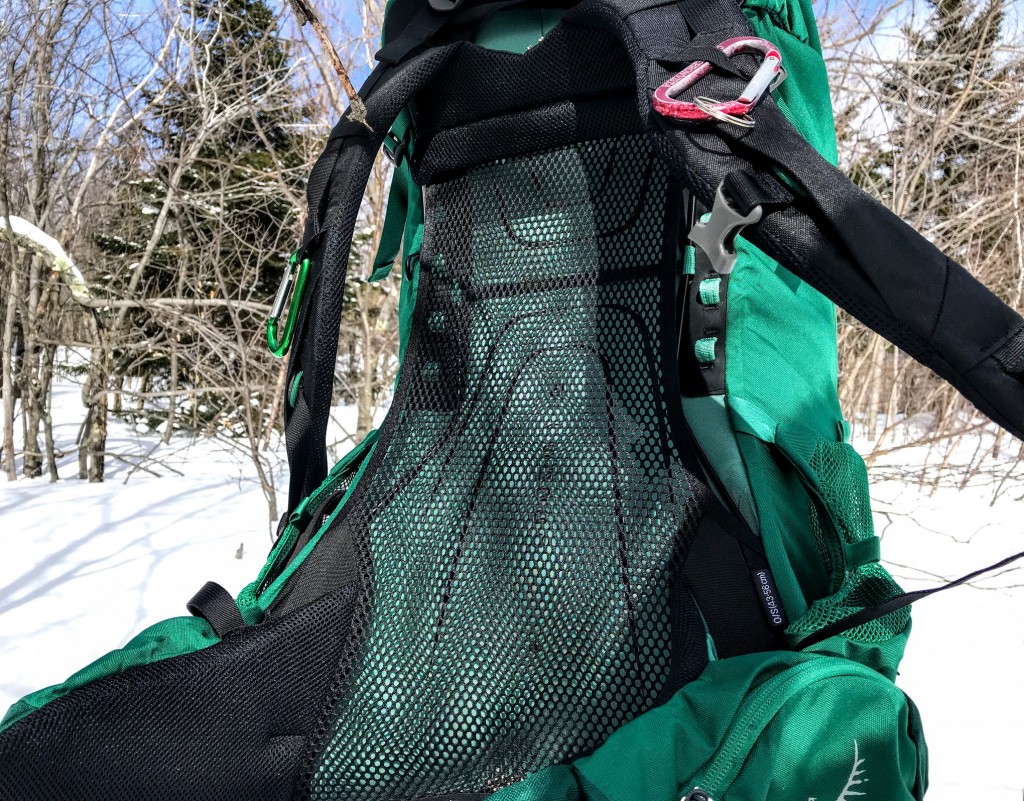We took these backpacking backpacks out on real-world adventures, critically assessing them along the way. We also developed a series of tests to perform in the lab to critically assess every pack in ways that simply wearing them can't do. We considered four different metrics: comfort, ease of use, weight, and adjustability.
Comfort
We walked a wide range of distances over rough terrain and assessed how we felt during and after each day. The packs were extensively tested for long sections of trail, in rain and shine, hot and cold, and with large and medium weight loads. We took note of any hotspots on our hips and shoulders and the quality of the ventilation on our backs.
We tested each pack by loading them with the same gear to get a sense of how they carried the same load. We loaded every pack beyond its capacity to get a sense of the range in each of their carrying capacity. With these different weights, we then assessed the quality of each component of a pack's suspension and its ability to appropriately distribute the load across its waistbelt, back panel, and shoulder straps.
Ease of Use
We assessed the usefulness and how easy all features are to use on each model. We packed our packs in various ways and attached different gear to get a sense of the versatility of each pack. We assessed things like water bottle pockets, secondary storage pockets, lid accessibility, rain covers, waist belt pockets, trekking pole/ice ax loops, etc.
We also measured the total volume of each pack and compared it to the total volume of the pack as advertised by the manufacturer. We found that not every backpacking backpack maker measures total volume the same way. Some brands count the total volume as the volume of every pocket, while others count the total volume as only the main pocket.
Weight
We weighed each pack and compared it to its comfort and volume to get a sense of how much the weight penalty is for any given model. Some packs are heavy but comfortable, while others are light but don't support loads well. Only a few packs bridge the gap and offer good carrying support in a lightweight package.
Adjustability
We took note of the range of adjustability of each pack's waist belt and shoulder straps, how well each one adapted to the different layers we wore, and how easy it was to dial in the fit.









